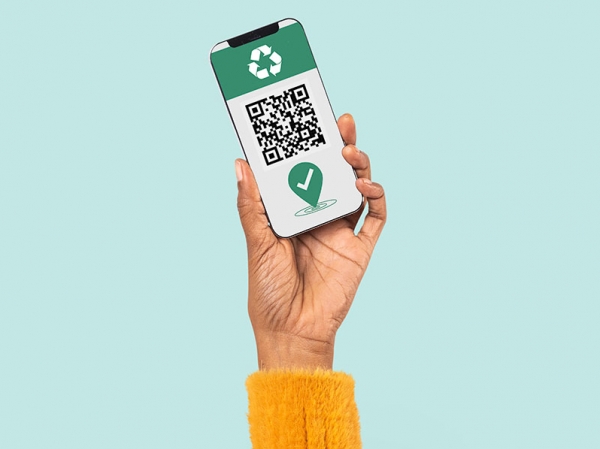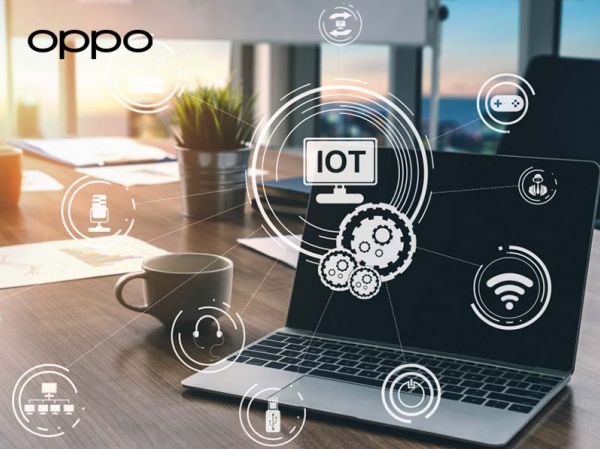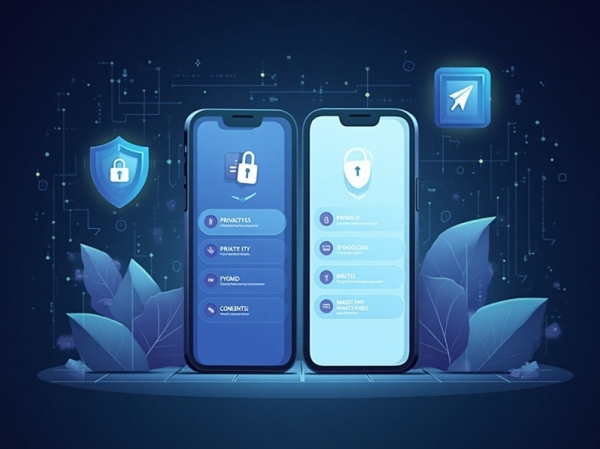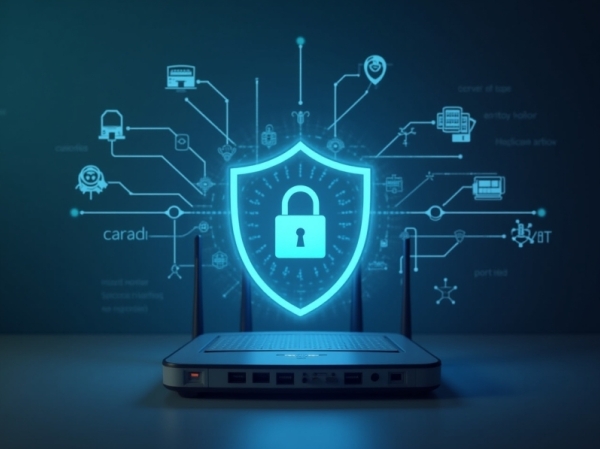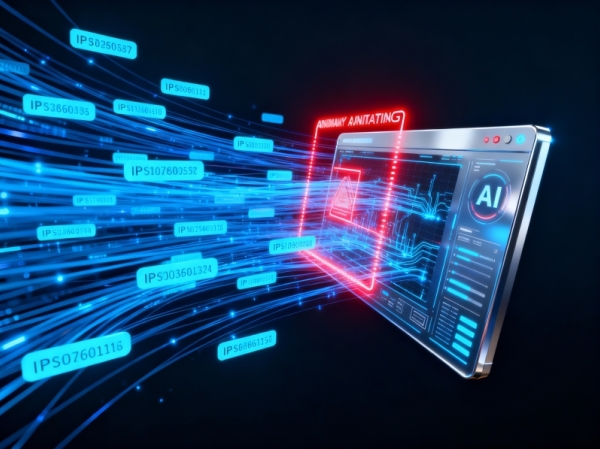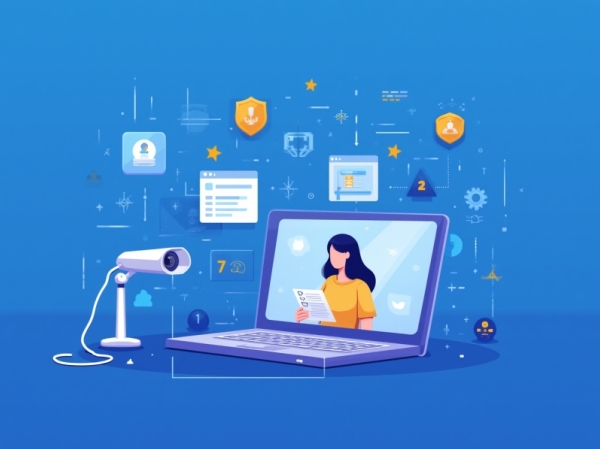In a time where technology advances every second, emerging inventions are reshaping how we interact with our devices. Innovations that weren’t viable ten years ago can now be built for just cents.
Today, we focus on two technologies that have been in the market for over two decades but have been revitalized thanks to a change in how they are delivered. Take eSIMs, for example. In the past, you needed a physical card to make calls; today, transferring your virtual identity is incredibly simple.
And let’s not forget the Internet of Things (IoT), a way of interacting with devices that is now present in almost everything we manufacture.
Understanding eSIM
Unlike traditional SIM cards that are physically inserted, an eSIM is a tiny chip embedded directly into the device’s circuit board.
This small component performs the same function as its physical counterpart: it securely stores mobile carrier information. But its great advantage is remote provisioning. With an eSIM, you can switch carriers or update your plan digitally—no physical changes needed.
This flexibility is key for devices that must always stay connected, often in remote or hard-to-access areas.
For example, with a travel eSIM provider in Spain, you could work seamlessly from Catalonia to Alicante.

The Rise of the Internet of Things
When we talk about the Internet of Things, we refer to the ability of certain devices to connect to each other through the Internet, like smart plugs we control via Alexa or Siri.
In an increasingly connected world, integrating this technology has become essential to drive sales.
Where do these two technologies converge?
To connect to the Internet, devices need connectivity—and that’s exactly what eSIMs provide. Imagine having all your devices connected wherever you are.
Moreover, with eSIM, IoT devices can receive network updates, security settings, and carrier changes remotely thanks to over-the-air (OTA) updates.
This simplifies the management of large device fleets, reducing costs and eliminating logistical complications associated with physical SIM cards.
Advantages of eSIM
- Flexibility and scalability: Setting up 200 physical SIMs is no easy task. With eSIM, it can all be done remotely via scripts.
- Cost-effectiveness: Less physical management means lower costs and downtime. Ideal for IoT-dependent industries.
- Security: eSIMs stay connected at all times, allowing dynamic management of encryption, authentication, and updates.
What the future of IoT may look like
We don’t have a crystal ball, but we can imagine:
- Connectivity everywhere: Thanks to 5G (and beyond), more devices will connect with lower latency and greater efficiency.
- AI integration: Devices will learn from us, improving processes and fostering innovation in health, industry, or transport.
Challenges of integrating both
The eSIM + IoT integration brings many benefits—but also challenges: network compatibility, regulations, upfront costs...
With technological advances and global standardization, these barriers will shrink. The future promises smarter, more connected, and efficient ecosystems thanks to this combination.



